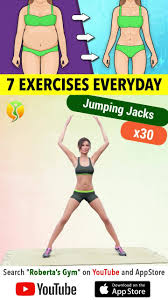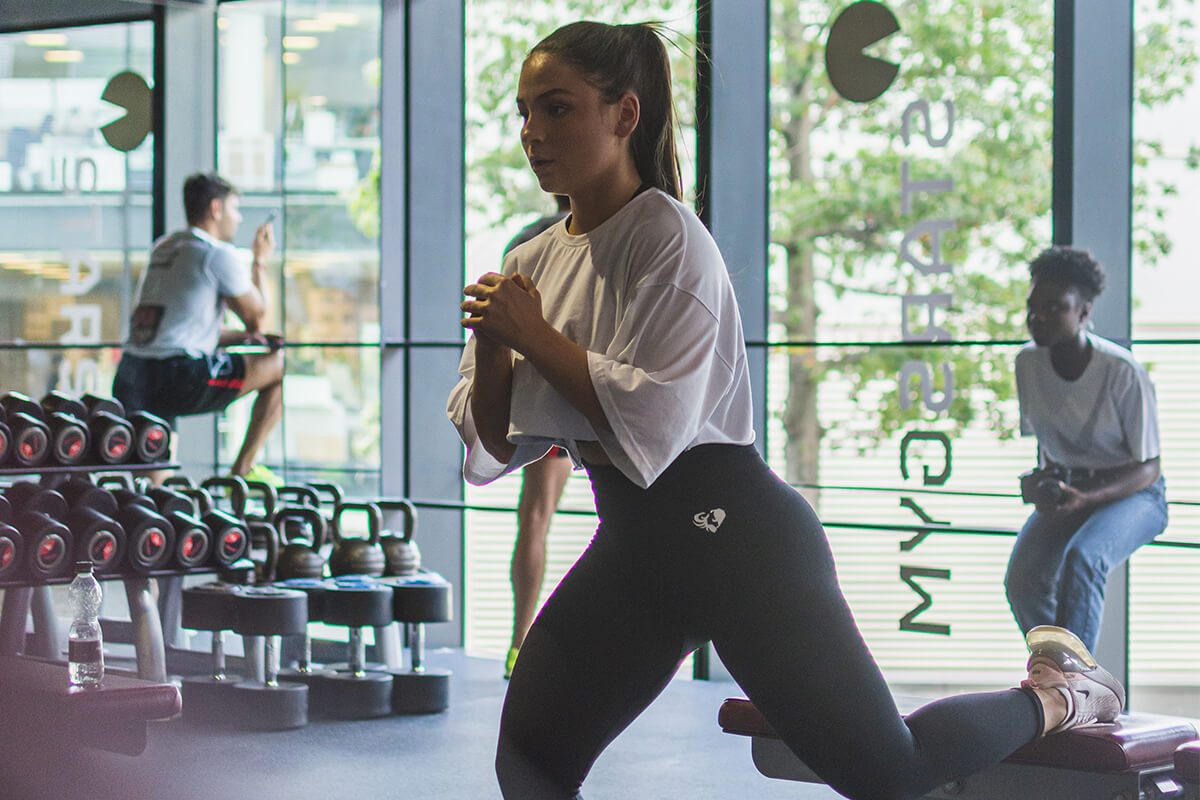
When it comes to keeping track of your workouts, exercise journals can help you stay motivated. These handy journals have sections that can be used to track your health rating, food planning, mood checks and inspirational quotes. Many journals have blank pages so you can add in your thoughts. Many journals include useful tips for fitness. This article discusses the advantages of exercise journals and the variety of journals available. You can read on to find out more about each type.
Saltwrap journal reviewed
SaltWrap Daily fitness planner is the best choice for anyone who wants a quality nutrition and fitness diary. This spiral-bound planner contains a training log, a calorie counter, and a fitness goal tracker. This planner can be used to track your workouts or your meals. For your convenience, we have added a few additional features such as an alarm clock or a daily goal for fitness.
Saltwrap Daily Fitness Planner includes a training log, diet track, and calorie counter to help you log your nutrition and exercise. It also contains daily rating templates, notes, and a workout program. The planner can hold 114 entries. This is enough to last 16 weeks. Simple layout makes it easy to keep track of and follow. The journal has a section for encouraging positive thoughts. It also includes a place to keep track of your daily workouts.

Review of Moleskin Passion wellness Journal
The Moleskine Wellness Journal will help you to maintain a healthy lifestyle. It features a ribbon marker, an expanding pocket, and pages that include food facts, seasonal food calendars, as well measurements and conversions. The journal has 400 pages and includes three different types of information: general information, personal care, and fitness. The wellness journal can be a great companion for staying fit and can also make a wonderful gift for someone who is looking to lead a healthier lifestyle.
A sturdy, hardback notebook can be personalized to reflect your personal interests and life experiences. The journal has a double-expandable inside pocket, ribbon markers, and an embossed leather cover. You will also find a variety of inserts such as a food-facts section and an exercise log. It measures 130x210mm in size and is packed in a durable box slee.
Review of GymPad magazine
The GymPad journal can be used to track your weight and set goals. The journal comes in a small A6 format, as well as a miniature version in black, pink, and blue. You can also use it to record your workout schedules and measurements. It also has a wall calendar. It serves as a visual reminder for your goals and progress. You can find the GymPad in many online stores.

One of the key features of this journal is its ability to record your workout. It allows you to keep track of your workouts, weight, and reps in order to track your progress. This is particularly useful if you are trying to achieve a particular fitness goal. It's also very attractive at 6 x 9, inches. It is small enough for you to carry in your gym bag.
FAQ
What if I exercise and drink alcohol?
Yes. Alcohol can increase energy expenditure, speed up healing time, and reduce soreness.
It also increases insulin sensitivity. This makes it easier and faster to absorb glucose.
However, alcohol can lead to dehydration that can slow down your metabolism. Alcohol can also lower testosterone production, which could lead to a decrease in muscle-building potential.
For these reasons, women shouldn't drink alcoholic beverages before working out. Women who drink heavily should wait at LEAST 24 hours before they start working out.
The best thing for women who are pregnant is to avoid alcohol.
Men should drink only one glass of alcohol per day.
Do Men Need A Gym Membership?
Men do not need a gym membership. But, if you do join a gym, it will make your money go further.
Most gyms offer free trial memberships, allowing you to try out the facilities before paying any fees.
The gym is free to use whenever you wish, and there are no fees. Your membership can be cancelled at any time you choose to love it or not.
What does milk do to men?
The next time you buy milk, think about what else you could use it for. You may also benefit from consuming less coffee.
Milk has been proven to be beneficial to both children and adults alike. Milk contains nutrients like vitamin D. Calcium, potassium, phosphorous, magnesium, and other essential nutrients.
It helps with digestion, promotes weight growth, and improves bone strength. The immune system is stronger and there are fewer illnesses in adults who consume dairy products.
Also, milk is rich in lactose so people who can't digest this sugar well can still reap the benefits of it without any stomach issues.
Drink more milk than soda and juice. Milk contains more calcium and vitamin D, which can strengthen your bones and teeth.
Plain low-fat yogurt is another option if milk tastes bland to you. Yogurt, which is lower in calories but higher in protein, is a great option to milk.
Yogurt also has probiotics that aid digestion and increase immunity.
If you're having trouble sleeping, try taking a glass of warm milk before bedtime. Warm milk relaxes muscles and increases serotonin levels, helping you get a good night's rest.
How to Build Muscles Fast
To build muscle quickly, eat healthy foods and exercise regularly.
When you're fresh and ready to do something, early morning is the best time for working out.
It is a good idea to do exercises like push-ups (pushes), bench presses (squats), and so on.
Try different weight training routines, and don't forget to drink plenty of water throughout the day.
How many calories per day should I consume?
It varies from one person to another. On average, you need 2000 to 2500 calories per days. You need to determine how many calories you need based on age, gender, height, weight, activity level, and lifestyle.
Statistics
- According to the American Heart Association, blood pressure should be checked at least once every two years, beginning at age 20. (my.clevelandclinic.org)
- 10 pounds in a month is likely during a lean bulking phase, especially for beginners. (muscleandstrength.com)
- Cardmembers earn 5% Back at Amazon.com with a Prime Credit Card. (amazon.com)
- Get free shipping and 25% off today. (healthline.com)
- Are You One of the 20% of Guys (mh.co.za)
External Links
How To
How can I burn fat while exercising?
Exercise can help you burn calories and increase your metabolism.
At moderate intensity, you will lose weight easily.
These tips will help you burn fat and keep fit while exercising.
-
Cardio exercises include swimming, running or cycling.
-
Three times per week, exercise for 30 minutes.
-
You can lose weight by adding strength training to the routine.
-
Avoid doing intense exercises. It's possible to build muscle, but not lose it.
-
Keep hydrated during exercise. Water helps to flush out toxins from the body and maintains proper hydration.
-
After working out, make sure to drink low-fat proteins shakes. Protein shakes repair muscles and increase energy.
-
Take smaller meals throughout each day to avoid feeling hungry.
-
Don't skip breakfast! Skipping breakfast can cause you to feel tired and sluggish.
-
Mental health is important. Stressful situations can slow your metabolism.
-
Keep a positive attitude. Studies have shown that people who are convinced they are overweight gain more weight than those who feel they look attractive.
-
Get enough rest. You will have a harder time losing weight if you do not get enough sleep.
-
Be active. Move around at least once an hour.
-
Maintain a healthy diet. Eat right to feel satisfied and full for longer.
-
Find ways to relax. Your body won't release stress hormones that cause muscle tissue destruction if you have a tense mind.
A balanced diet contains all necessary nutrients for growth and development.
Instead of eating three large meals a day, eat six smaller meals every day. This gives your body the time it needs to process what you've eat.
For strong bones to be maintained, you need approximately 500mg of calcium per day. Calcium can be found as a dairy product such as milk, yogurt and fortified soy drinks, orange juices, cereals, breads, and cereals.
Calcium is found in leafy green vegetables and beans, tofu as well as nuts, seeds, cheese, and seeds.
Vitamin D is required for calcium absorption. Vitamin D can also be found in some fortified foods such as eggs, fish, and yolk.
Vitamin E is crucial for skin health. It's found in vegetable oils, wheat germ oil, peanuts, almonds, sunflower seeds, and corn.
Your body requires zinc to function normally and for wound healing. Zinc can be found as a mineral in oysters.
Zinc deficiency can cause fatigue, loss of appetite, depression, and impaired immunity.
Insulin resistance is caused by eating too much sugar, which can increase blood glucose levels. Insulin resistance is linked to weight gain.
When there is a high level of free radicals, insulin resistance can develop. Free radicals are molecules with unpaired electrons that damage cell membranes and other parts of the body.
The main sources of free radicals are food additives.
Free radical damage may lead to cancer, heart disease diabetes, arthritis, asthma and other conditions.
Antioxidants are essential for preventing free radical damage. Antioxidants protect against oxidative damage.
Vitamin C (found on citrus fruits), Beta carotene, found in carrots and sweet potatoes, spinach and broccoli, cantaloupe (found in tomatoes, mangoes and peppers), and Vitamin E (found nuts, olive oil and avocados).
Other antioxidant nutrients include selenium, copper, manganese, and zinc.
Selenium is known to protect cells from the oxidative damage that free radicals can cause. Selenium may be found in Brazil nuts as well tuna, liver and kidneys. It can also be found on shrimp, cod, turkey, beef lamb, pork, chicken, and other foods.
Copper protects the brain and eyes as well as the lungs and red blood cells. Copper is found in shellfish, poultry, meat, and organ meats.
Manganese forms an essential part of bone structure. Manganese can be found in brown rice and spinach as well as bananas, prunes raisins, oatmeal, lentils, and oatmeal.
Zinc helps with normal growth, reproduction, as well as wound healing. Zn is found in lean meats, poultry, white fish and eggs.